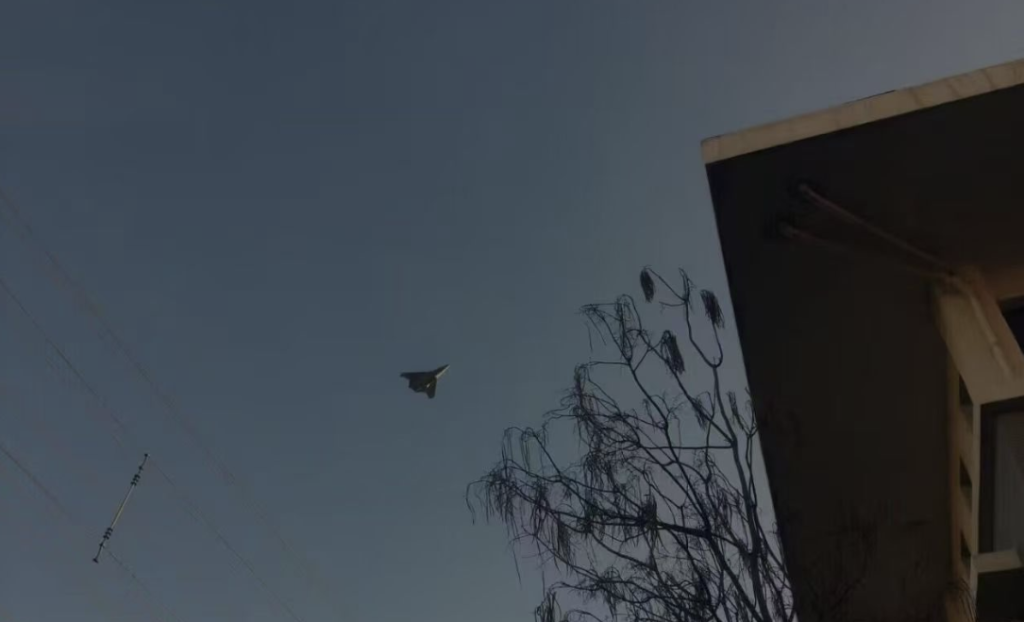Both prototypes cater to the People’s Liberation Army Air Force (PLAAF).
Others are reading now
The race for air superiority is intensifying as nations compete to develop the next generation of fighter jets.
China has taken a significant step forward with the unveiling of two competing prototypes of sixth-generation aircraft, signaling advanced progress in its military aviation program.
On December 26, the birthday of Mao Zedong, China revealed a prototype developed by Chengdu Aircraft Industry Group (CAIG).
Shortly afterward, images surfaced of another advanced aircraft reportedly created by Shenyang Aircraft Corporation (SAC), according to WP.
Also read
These unveilings show the competitive approach within China’s defense industry, reminiscent of the U.S. rivalry that produced the F-22 Raptor.
Twin-Engine Layout
Both prototypes cater to the People’s Liberation Army Air Force (PLAAF). Observers note that the CAIG design features a delta-wing configuration without vertical stabilizers, prioritizing stealth and aerodynamics.
SAC’s aircraft, while similar, appears smaller and includes dual square air intakes beneath its wings, suggesting a twin-engine layout.
Analysts believe these differences reflect varying approaches to fulfilling the requirements for sixth-generation capabilities.
China’s advancements place its program ahead of the U.S. Next Generation Air Dominance (NGAD) initiative and Europe’s Tempest and GCAP projects, which remain in the conceptual phase.
The presence of two flying prototypes indicates significant progress compared to these Western efforts.
Sixth-generation fighters are expected to feature cutting-edge technologies, including advanced electronic warfare systems, engagement capabilities beyond visual range, and versatility in targeting air, land, and naval threats.
Enhanced aerodynamics, potentially eliminating traditional control surfaces, and artificial intelligence (AI) to assist pilots are also anticipated.
The integration of unmanned systems and directed-energy weapons, such as lasers, is under active consideration globally.
China’s dual prototype strategy underscores its commitment to developing these next-generation aircraft.
The inclusion of artificial intelligence, stealth capabilities, and possibly energy-based weapons reflects a determination to redefine air combat.


